KVT – Ho Chi Minh – Approved Images 1947 to 1974 @ the Bookworm


KVT and a journey into the mountains which, coincidentally, led to Son La Prison- thence, coincidentally, to the 85th birthday celebrations of The Vietnamese Communist Party- thence, coincidentally, to artistic images of Ho Chi Minh at Bookworm
Before we get to the nitty gritty of this opinion piece there’s a diversion by way of the provinces of Yen Bai and Son La…both of which played major roles in the early spread of revolutionary fervor
Last week when the weather turned to early spring I decided to forgo the pre-Tet delights of Hanoi and head for the mountains for 4 days where, according to forecasts, it would be even warmer
And it was!
The primary aim of the trip was to follow a path that I’d been promising to explore since I first discovered the high and heady delights of Tram Tau way back in 2001.
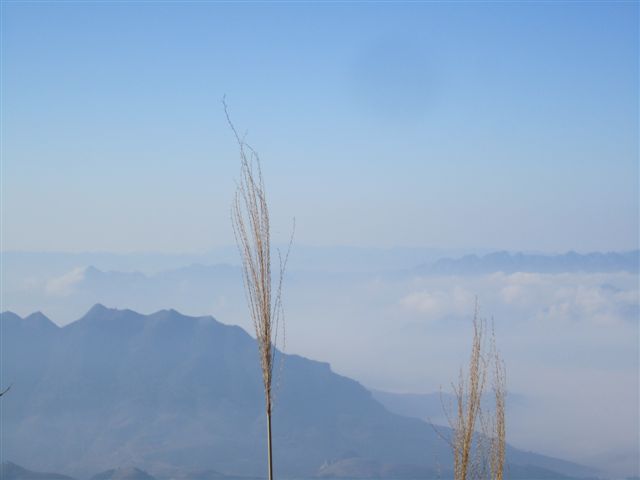
Vietnam’s second highest mountain is near Tram Tau and the rough, 60km track from the pretty little town to where it meets a sealed road heading to Bac Yen on the Da River, is invigoratingly adventurous.
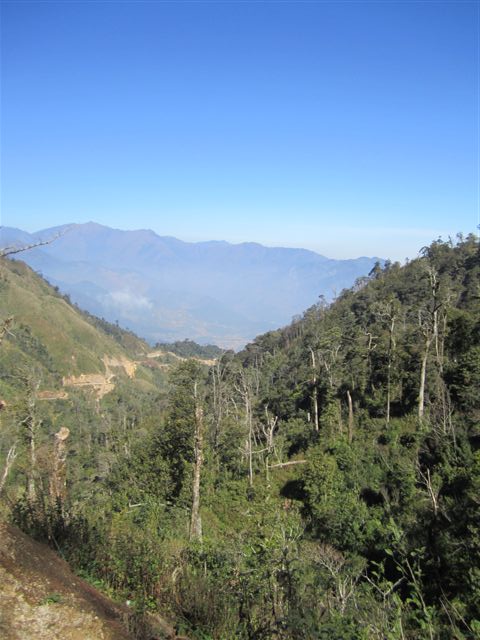
On the way back to Hanoi I side tracked into Son La town and re-visited the ruins of the infamous French prison that sits on Khau Ca hill with the burgeoning city spread out below
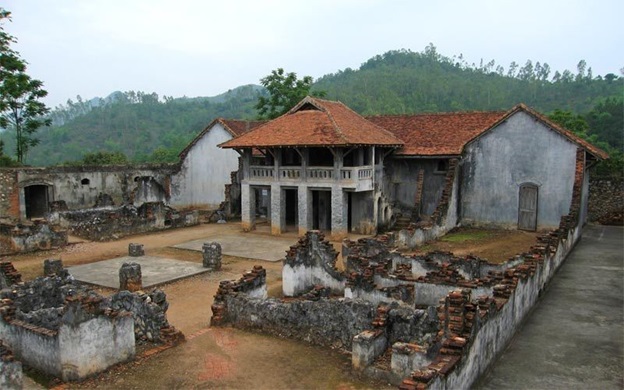
The prison was established by the French colonial government in 1908 and became one of the hell holes where political prisoners were locked up. From 1930 to 1945 it was expanded to detain revolutionaries from the Vietnamese Communist Party which had been inaugurated in 1930
Despite barbaric treatment inmates organized a cell of the Communist Party and educated and mentored other prisoners. Future leaders of the party such as Truong Chinh and Le Duan were fostered there.

Although most of the prison is now in ruins, partial restoration has been made, but even without that the place echoes the ferocious brutality meted out by colonial masters
A peach tree planted by famous political prisoner, To Hieu, had finished its flowering and was clothing itself in leaves It is a poignant memorial to the many who died or were executed there and a living monument to people who had a will to survive against ferocious odds.
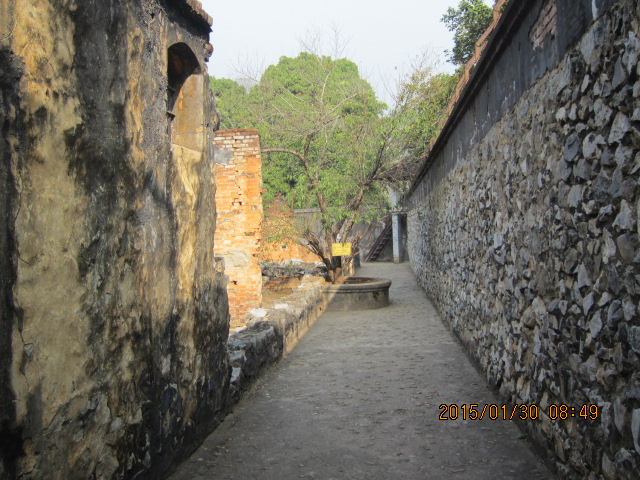
It was appropriate that my visit coincided with the erection of decorations and bunting for the 85th celebrations of the inauguration of the Communist Party of Vietnam in 1930 ….which leads into where this opinion piece intended to insert itself….into a current presentation at both Bookworms where to celebrate the founding of the Communist Party of Vietnam in Hong Kong between February 3-7, 1930, a limited number of folios that portray 19 approved images of Ho Chi Minh, produced by Vietnamese artists from 1946 until 1974, are on offer

To use and expand on Bookworm PR:
The folios were printed in the early 1980ies and originally sold for 7.d 00

The images, measuring 23.5 x 33cm, were reproduced on glossy paper that has yellowed with age.
The images are of Ho Chi Minh and are presented in the folio according to mediums used in the execution of the original works
The earliest work is a 1946 oil painting by To Ngoc Van illustrating Ho Chi Minh in a pose that is replicated in many other works.

The latest is a 1974 sculptured bust by Nguyen Van Ly; one that is featured on many public podiums throughout the country

If you’ve ever been to Pac Bo in Cao Bang province where Uncle Ho made his residence in a cave after his return to Vietnam in 1941 you’ll feel an affinity with this oil by Trinh Phong (1971)-especially if you’ve experienced it in the early morning before the pilgrimaging tourists arrive..
Ho Chi minh and his comrades had set up revolutionary headquarters in the densely jungled mountains away from the prying eyes of the Vichy French, Japanese and Kuomintang forces that were desperate to capture them and incarcerate them in a place like Son La or -worse still -introduce them to the steel lip of the guillotine

Ho Chi Minh was undoubtedly a very handsome and enigmatic man in as these images show. First in a print by Huynh Van Gam (1953) and a posthumous negative wood print by Phan Ke An (1970)


Originals of posters that are now a reproduced staple in contemporary Propaganda Poster outlets are by Huy Oanh/Nguyen Thu (1970) and Quang Phong (1969)


A beautiful piece by Kim Bach (1969) used sand and gem stones as an effective medium

A silk painting by Diep Minh Chau (1947), who appears to have been a prolific depicter of Uncle Ho, would be a delicate delight to be able to see if it still existed
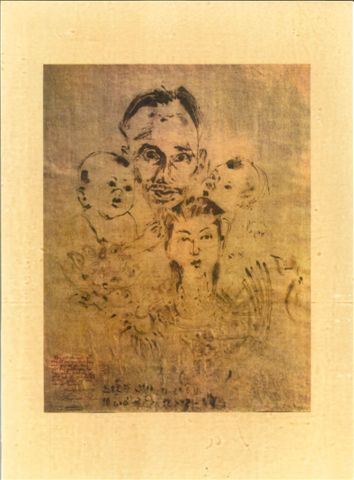
Three large oil paintings depict the iconic leader amongst workers and peasants…in chronological order: Vuong Trinh (1961), Van Tho (1962), Pham Lung (1970)


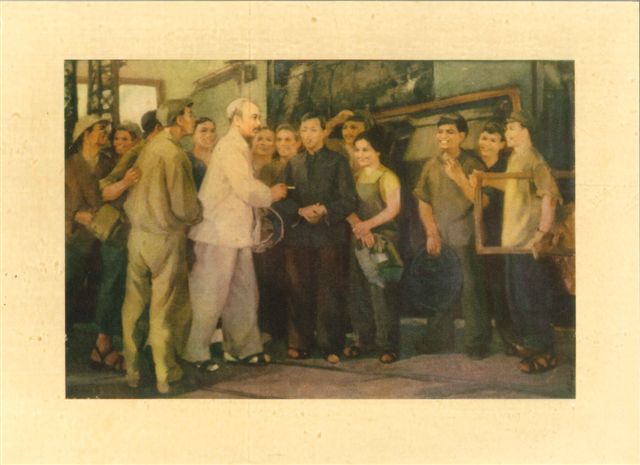
Two oils are of Ho Chi Minh’s stilt house refuge in Hanoi. The monochrome by Diep Minh Chau (1947) seems to convey the burden of responsibility and the landscape by Tran Dinh Do (1971) is deceptively peaceful in a time of war when the coalition of the five willing nations -who had personnel attempting to destroy as many North Vietnamese as they could get their gun and bomb sights aimed at -would have dearly loved to blow it to smithereens


An embroidered work by Vu Duc Trong (1967) would have been luminous

There are two sculptured bust, carved while Uncle Ho was alive- by Diep Minh Chau (1962) and Tran Van Lam (1969)


I really like the sculpture by Nguyen Thi Kim (1960) of Ho Chi Minh in that familiar, thoughtful, philosophical pose.

To conclude there’s a poster by Le Huy Trap, issued to celebrate what would have been Ho Chi Minh’s 80th birthday

The folio would make a grand addition to the collections of Ho Chi Minh enthusiasts- be they academic or incidental. If you take a fancy to a particular image, two folios have been set aside so that plates can be sold individually.
| Kiem Van Tim is a keen observer of life in general and the Hanoi cultural scene in particular and offers some of these observations to the Grapevine. KVT insists that these observations and opinion pieces are not critical reviews. Please see our Comment Guidelines / Moderation Policy and add your thoughts in the comment field below. |



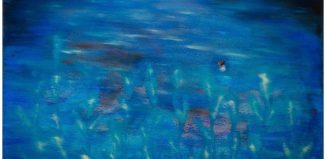










Thanks again KVT for keeping us informed of interesting exhibitions and images taking place in Vietnam.